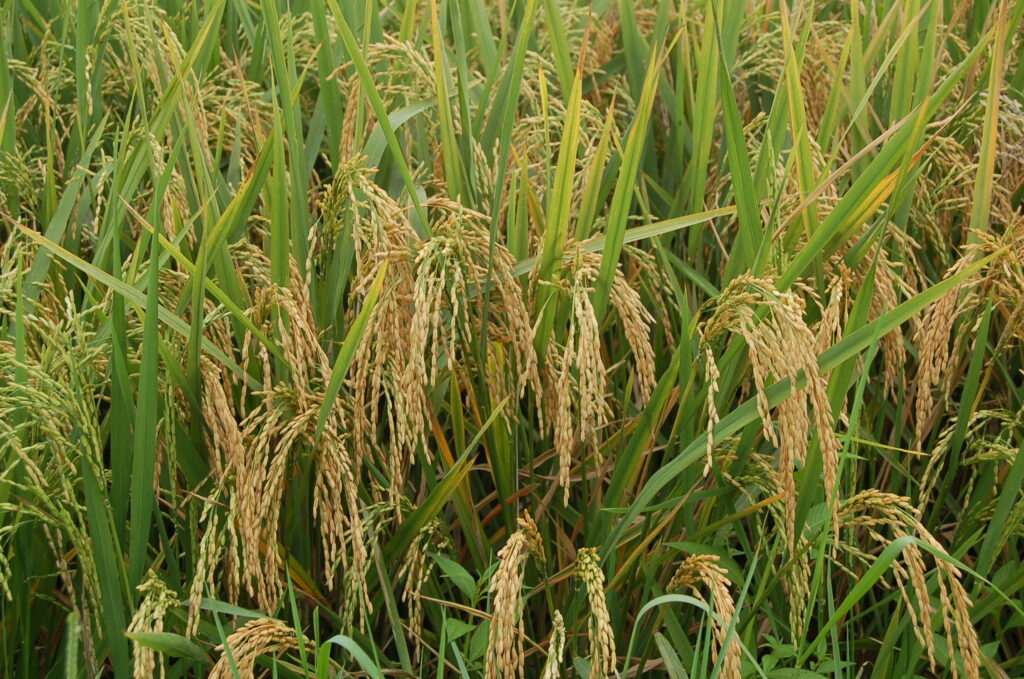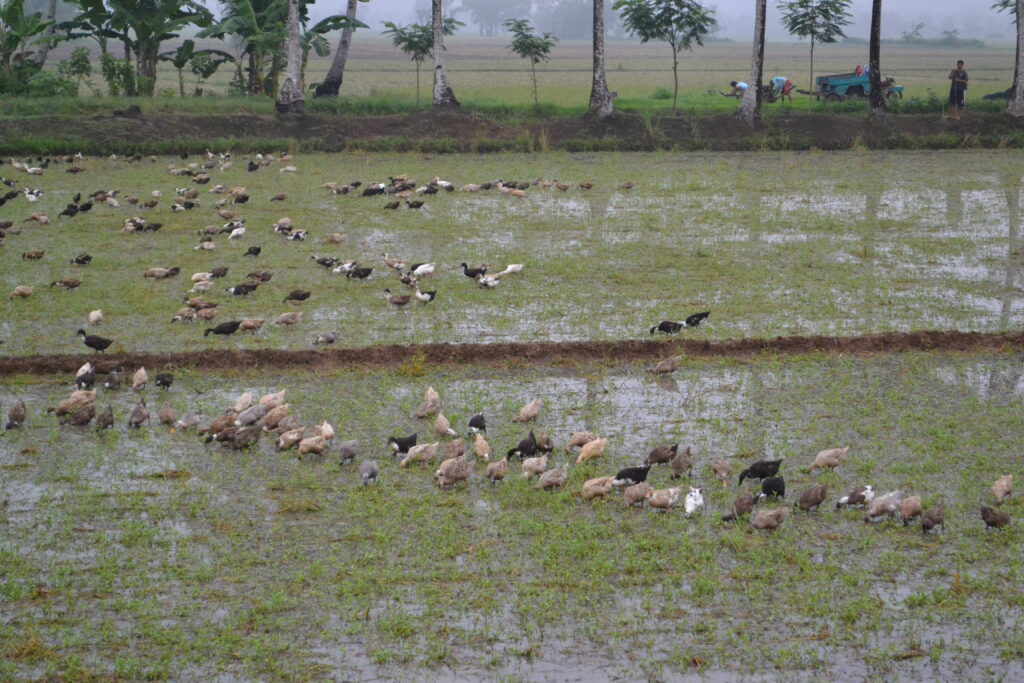By Henrylito D. Tacio
A rice pest can be turned into organic fertilizer. That’s according to Emmanuel Piñol, former agriculture secretary who’s running as senator this coming election.
In a Facebook post, Piñol cited the study conducted by Rocky French, a Filipino-American farmer scientist who has a farm in Coachella Valley in Southern California. In his 36-year study on the characteristics and benefits of the golden apple snail or golden kuhol (scientific name: Pomacea canaliculata), he found that the gastropod can produce nitrates, a natural form of the commercial area.
“The study may change the golden kuhol’s image from farm pest to farmers’ friend,” Piñol wrote, adding that French “has perfected the process of producing natural nitrates from the excrements of the golden kuhol kept in a tub with water and fed with malunggay leaves.”
Piñol, who has visited the farm, was told by French that the latter described the pesky golden kuhol as “beautiful animals” as they “could not be used in producing natural nitrates needed by farmers in the face of skyrocketing prices of commercial fertilizer.”
The golden kuhol belongs to an animal species that had existed for 500 million years. It was first introduced to the Philippines between 1982 and 1984 as an additional source of food and protein for Filipinos.
“(Golden kuhol) was the more prolific version of the local snail, called igi or susu which we cooked with coconut milk or gata, young bamboo shoots or labong and saluyot was considered a gourmet food for Filipino families,” Piñol said.
Unfortunately, the snails were not welcomed much by Filipino consumers. Although they were initially expensive at first, their market value soon plummeted. As a result, they were left unattended.
Some escaped while others were completely discarded. Soon, they quickly spread through waterways and irrigation canals. When they reached the rice fields, they found an ideal habitat, feeding by night and at dawn on young succulent plants such as newly transplanted rice crops and weeds.
“With only a few natural enemies to constrain them, the snails rapidly developed into a serious pest in many areas of cultivated rice lands,” the Food and Agriculture Organization (FAO) of the United Nations reported.
When infestation is severe, farmers can completely lose their rice crops if they don’t control the pest effectively. “The snails are living machines that eat and grow continuously. They can gobble up a hectare of rice seedlings in hours,” deplored Jethro Adang, the director of the Davao-based Mindanao Baptist Rural Life Center.
FAO estimated that yield losses owing to this pest ranged from 1% to 40% of the planted area in the Philippines, resulting in huge production loss.
The first account that it had become a major rice pest was recorded in 1986 when about 300 hectares of irrigated rice farms in the Cagayan Valley were heavily damaged, according to the Philippine Rice Research Institute (PhilRice).
“To control the snails is difficult and costly,” said Zubir Bidin of the Department of Agriculture in Malaysia. “The snails are prolific, and females may lay 2000 – 3000 eggs in one year. No natural predator is known, and the use of pesticides may kill other types of beneficial snails and aquatic organisms.”
In the Philippines, many Filipino farmers resort to the massive use of synthetic molluscicides that are expensive and broad-spectrum, affecting non-target organisms, including human beings. In 1990 alone, P212 million was spent to control the rice pest.


Ducks feeding on golden kuhol
Today, golden kuhol is still a rice pest. But farmers have learned some ways to obliterate them.
In a paper published in the International Journal of Scientific and Technology Research, several techniques were cited:
· Fetching the golden kuhol directly by hand from the fields in the morning and afternoon when the golden kuhol is active and easy to take.
· Using plants that contain toxins for the golden kuhol. Examples include water hyacinth, tobacco, calamansi, and red peppers. The leaves of these plants contain ingredients that can kill the golden kuhol.
· Using attractants such as taro leaves, banana leaves, papaya leaves, and old newspapers to easily collect the golden kuhol. The leaves are placed in rows of paddies in a row, within 1-2 meters between baits, made before harvest to 5 weeks after planting.
· Preventing field entry. In areas where water enters and exits, a barrier may be placed. A wire or woven bamboo screen or mesh bag may be placed on the main irrigation water inlet and outlet to prevent snail entry.
· Maintaining water to be not too high (2-3 centimeters). The snails have difficulty moving in less than 2 centimeters of water. It is advised to keep the water level below 2 centimeters during the vulnerable stages of the rice plant.
Golden kuhol can also be controlled by allowing ducks to graze during the growing stage of rice. In a study, continuous grazing for a period of 1-2 months significantly reduced the pest density.
“The density of ducks was recommended for biological control of snails in rice,” wrote Su Sin Teo, who conducted the study. “Timely release of ducks was crucial as they damaged young rice seedlings.
“In transplanted rice, it was appropriate to release the ducks when the seedlings were 4 weeks old,” said Su, who is with the agriculture research center of the Malaysian Department of Agriculture. “For direct seeded rice, a longer waiting period of 6 weeks was necessary.”
Know your enemy, so goes a popular saying.
According to PhilRice, the golden kuhol lives for 2-6 years with high fertility. It is more destructive when the length of the shell is from 100 millimeters (about the size of a corn seed) to 40 millimeters (about the size of a ping pong ball).
“Golden apple snails eat young and emerging rice plants,” says the Laguna-based International Rice Research Institute (IRRI). “They cut the rice stem at the base, destroying the whole plant.”
IRRI says the critical time to manage golden kuhol is during land preparation and crop establishment or planting: specifically, the first ten days after transplanting and during the first 21 days after direct wet-seeding.
“After this, the crop is generally resistant to snail damage and snails are actually beneficial by feeding on weeds,” IRRI points out.

